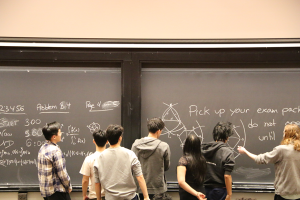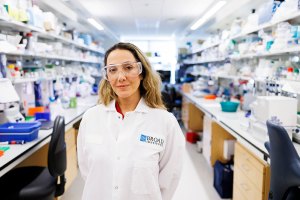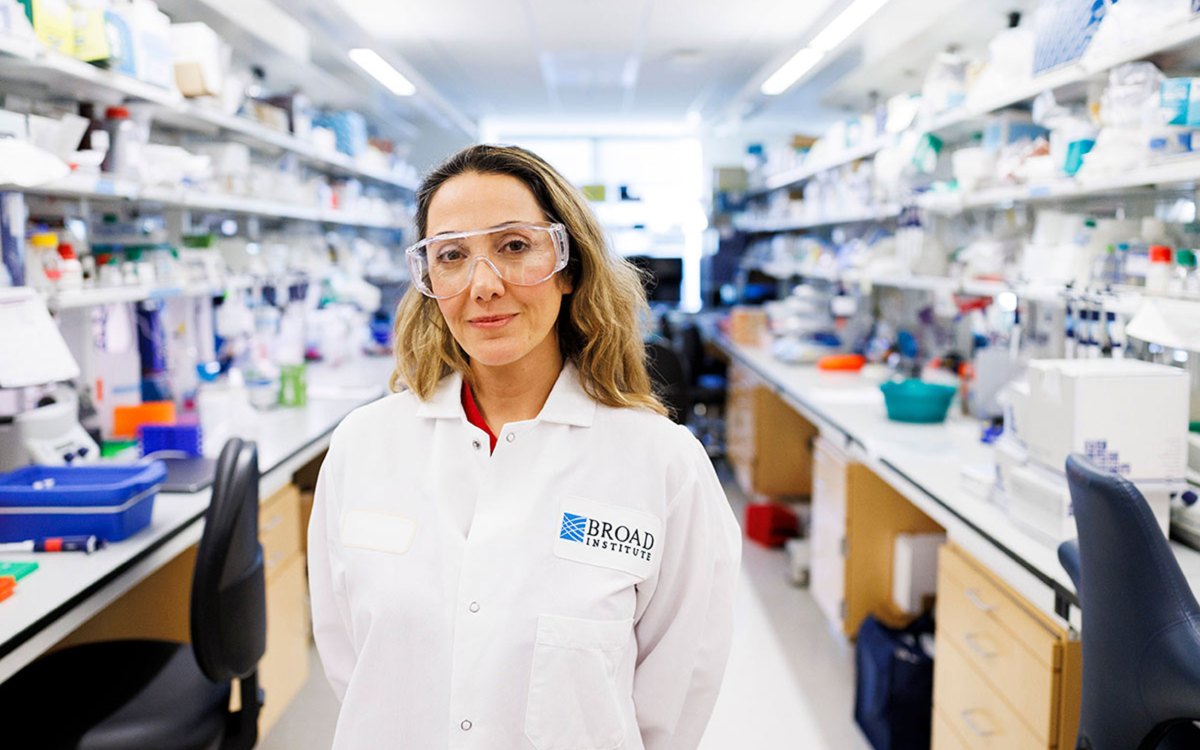Taking a CAT scan of the early universe
Will revolutionize study of young universe
Reporting in the Nov. 11, 2004, issue of Nature, astrophysicists J. Stuart B. Wyithe (University of Melbourne) and Abraham Loeb (Harvard-Smithsonian Center for Astrophysics) have calculated the size of cosmic structures that will be measured when astronomers effectively take CAT scan-like images of the early universe. Those measurements will show how the universe evolved over its first billion years of existence. “Until now, we’ve been limited to a single snapshot of the universe’s childhood — the cosmic microwave background,” says Loeb. “This new technique will let us view an entire album full of the universe’s baby photos. We can watch the universe grow up and mature.” The heart of the tomography technique described by Wyithe and Loeb is the study of 21-centimeter-wavelength radiation from neutral hydrogen atoms. In our own galaxy, this radiation has helped astronomers to map the Milky Way’s spherical halo. To map the distant young universe, astronomers must detect 21-cm radiation that has been redshifted: stretched to longer wavelengths (and lower frequencies) by the expansion of space itself. “Tomography is a complicated process, which is one reason why it hasn’t been done before at very high redshifts,” says Wyithe. “But it’s also very promising because it’s one of the few techniques that will let us study the first billion years of the universe’s history.”





